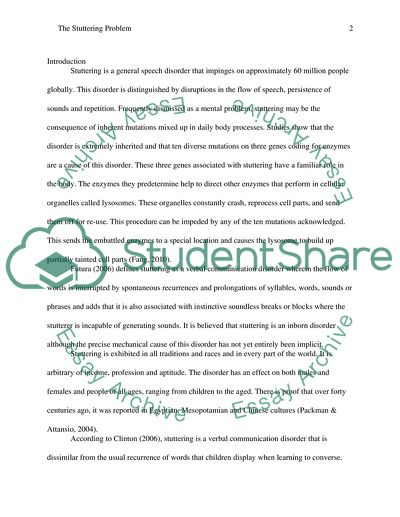Cite this document
(Speech Disorder: Genetic Basis for Stuttering Research Paper, n.d.)
Speech Disorder: Genetic Basis for Stuttering Research Paper. Retrieved from https://studentshare.org/social-science/1744071-stuttering-problem-speech-disorder
Speech Disorder: Genetic Basis for Stuttering Research Paper. Retrieved from https://studentshare.org/social-science/1744071-stuttering-problem-speech-disorder
(Speech Disorder: Genetic Basis for Stuttering Research Paper)
Speech Disorder: Genetic Basis for Stuttering Research Paper. https://studentshare.org/social-science/1744071-stuttering-problem-speech-disorder.
Speech Disorder: Genetic Basis for Stuttering Research Paper. https://studentshare.org/social-science/1744071-stuttering-problem-speech-disorder.
“Speech Disorder: Genetic Basis for Stuttering Research Paper”, n.d. https://studentshare.org/social-science/1744071-stuttering-problem-speech-disorder.


